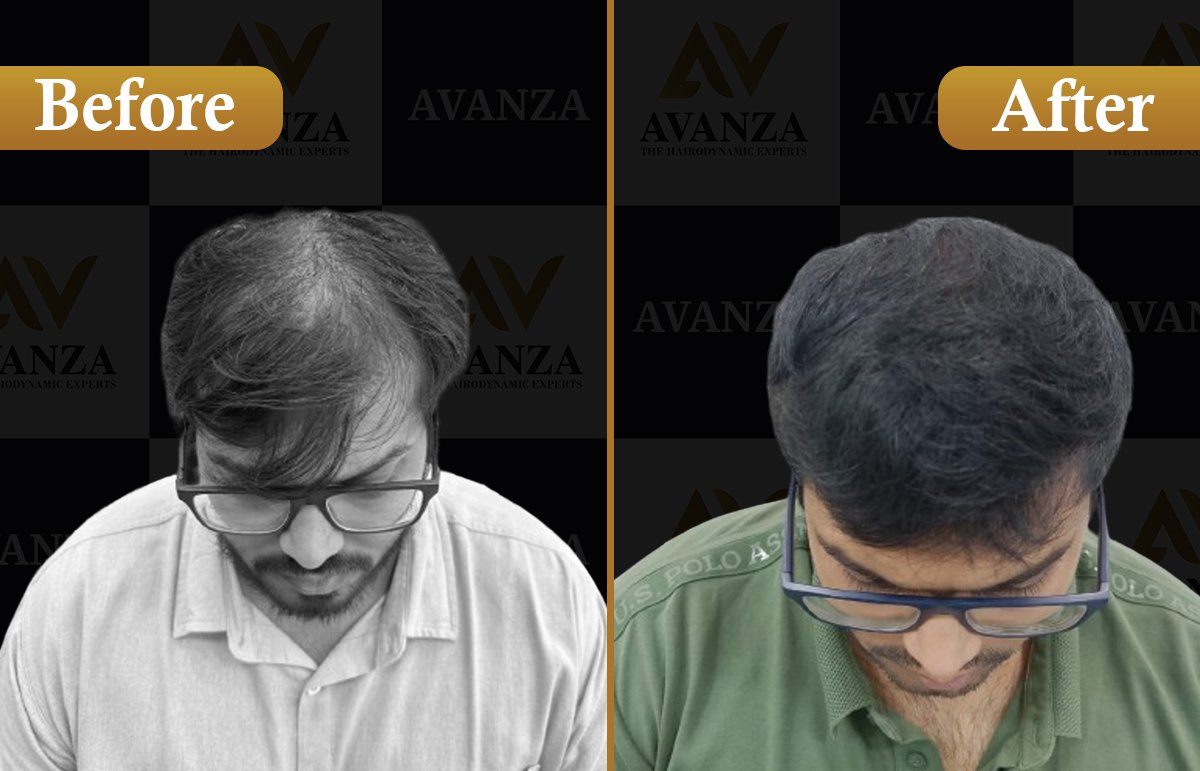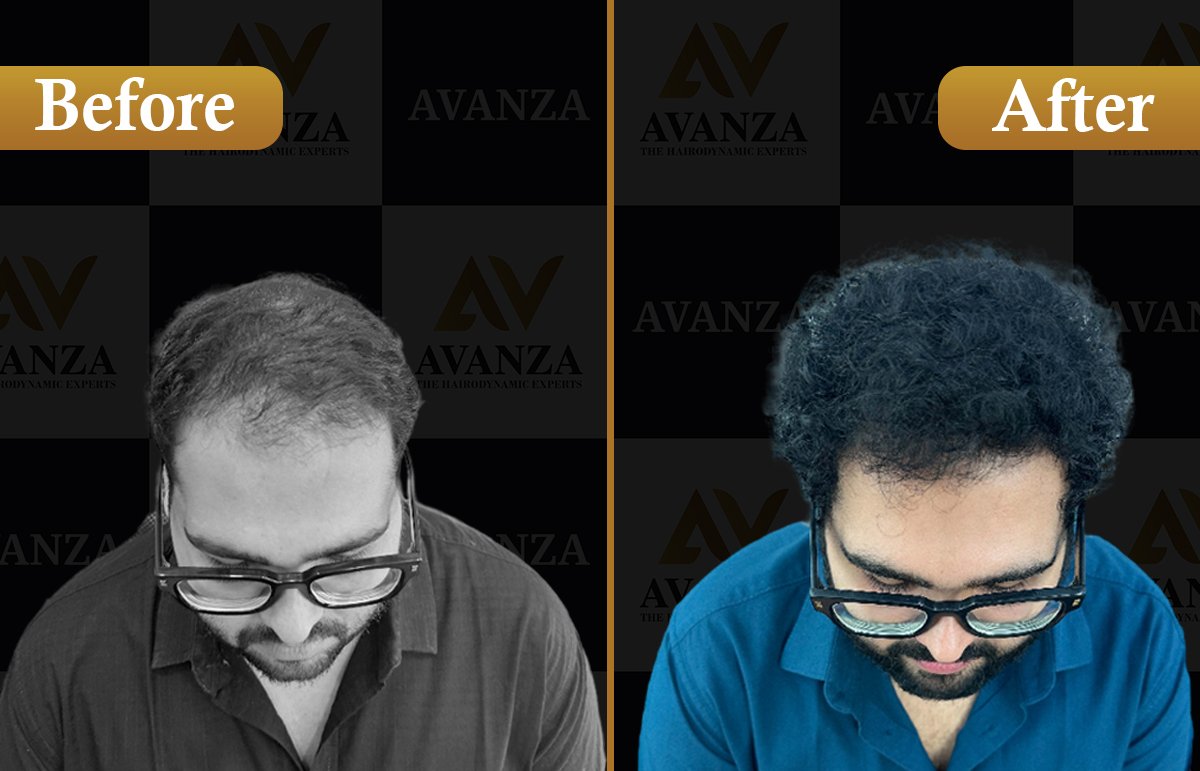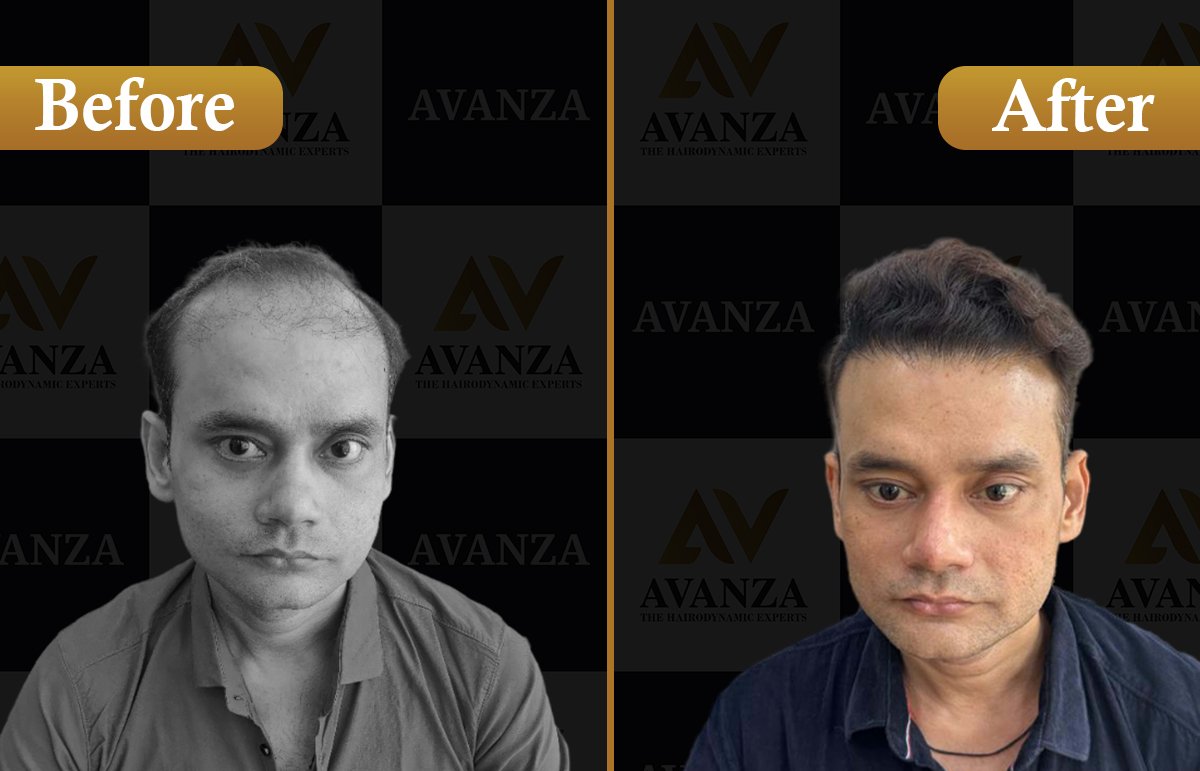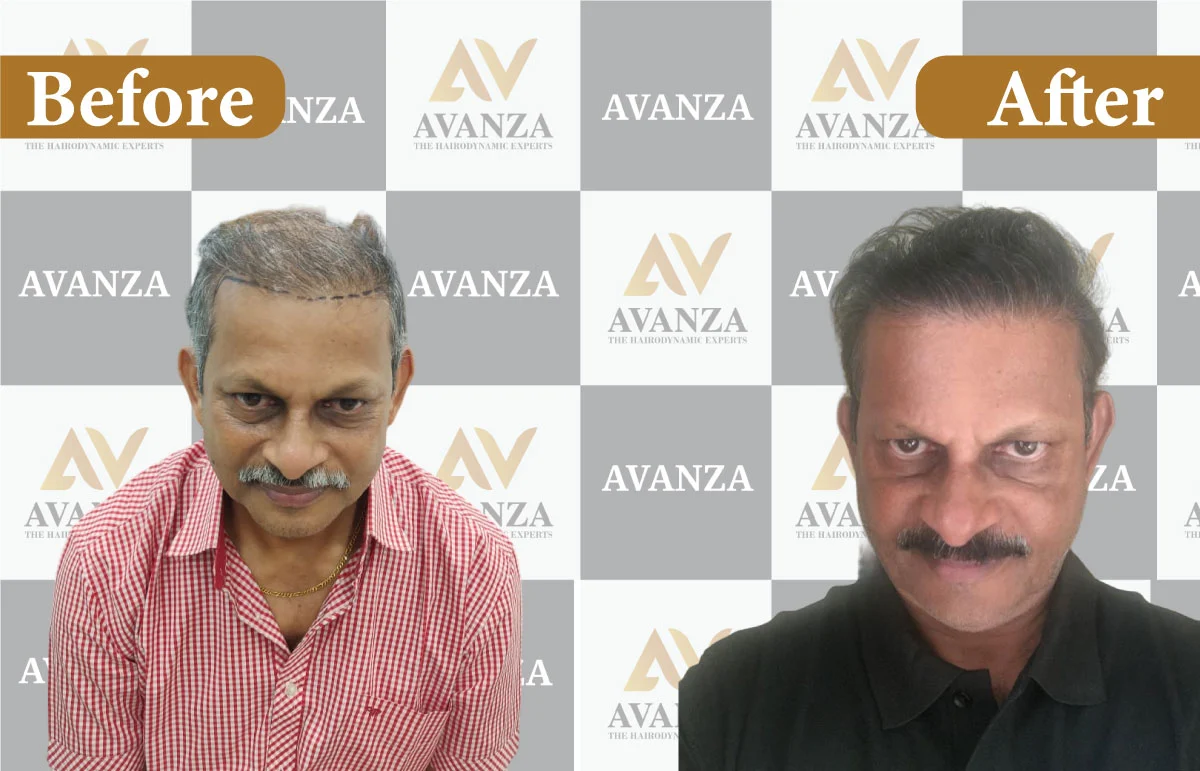Introduction
Baldness, though often perceived as a cosmetic concern, has far-reaching implications, including psychological impacts such as reduced self-esteem and confidence. Hair loss can affect individuals of all ages and genders, but understanding the underlying causes and patterns is essential for effective treatment. One of the most common causes of baldness is androgenic alopecia, a condition influenced by hormones and genetics. This blog explores the various patterns of baldness, how they differ in men and women, and the available solutions to address them.
Understanding Androgenic Alopecia
Androgenic alopecia, commonly known as male or female pattern baldness, is a hereditary condition that leads to progressive hair thinning and loss.
- The Role of Hormones and Genetics: Androgenic alopecia occurs due to the effect of dihydrotestosterone (DHT), a derivative of testosterone, on hair follicles. Over time, DHT shrinks hair follicles, resulting in shorter and thinner hair strands. Eventually, the follicles stop producing hair altogether.
- Key Differences Between Men and Women: While men typically experience baldness in specific patterns (e.g., receding hairlines), women often face diffuse thinning across the scalp. These variations are primarily due to hormonal differences and genetic predisposition.
Don't Let Hair Loss Define You!
Regain your hair and confidence with Avanza Clinic. Transform your hair, transform your life today!
Types of Baldness Patterns in Men
Male pattern baldness, a hallmark of androgenic alopecia, typically follows predictable patterns:
- Receding Hairline: The hairline gradually moves backward, forming an "M" shape. This is often the first noticeable sign of baldness in men.
- Thinning at the Crown: Hair at the crown becomes sparse, eventually leading to a bald spot.
- Progression to Complete Baldness: Over time, the receding hairline and crown thinning merge, leaving only a ring of hair around the sides and back of the head.
Stages of Male Pattern Baldness: The Hamilton-Norwood scale is widely used to classify the stages of male baldness, from minor thinning to advanced hair loss.
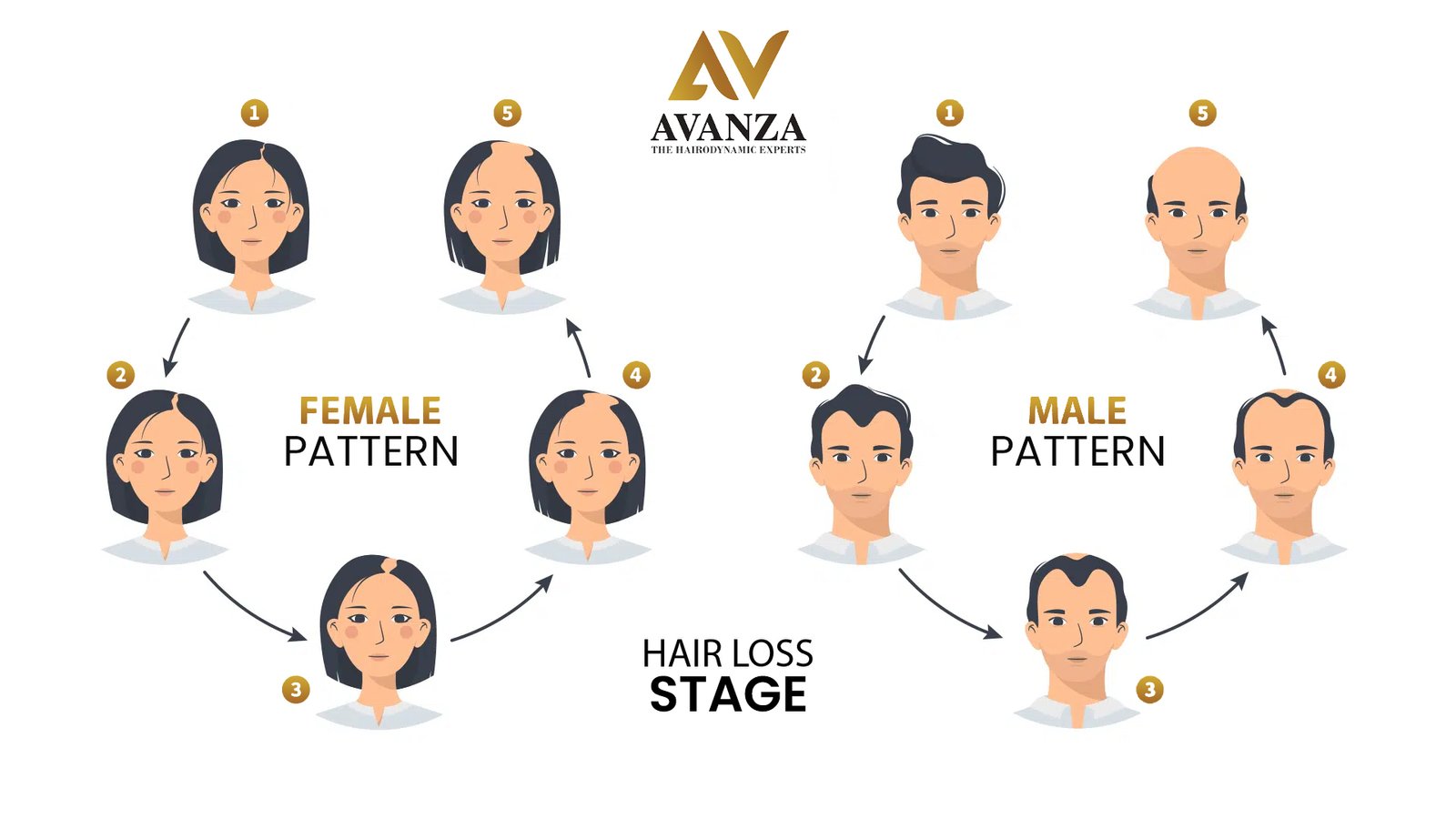
Types of Baldness Patterns in Women
Unlike men, women usually experience more generalized hair thinning rather than distinct bald spots. Female pattern baldness progresses as follows:
- Diffuse Thinning Across the Scalp: Women typically notice an overall reduction in hair density.
- Widening Part: The parting line of the hair widens as hair thins around it.
- Rare Cases of Total Baldness: Unlike men, women rarely lose all their hair due to androgenic alopecia.
The Ludwig Scale: This scale categorizes female pattern baldness into three grades based on the severity of hair thinning.
How to Diagnose Baldness Patterns?
Proper diagnosis is critical for addressing baldness effectively.
- Professional Evaluation: Consulting a dermatologist or trichologist is the first step. They assess hair loss patterns, medical history, and underlying causes.
- Scalp Analysis Tools: Advanced tools like dermatoscopes or digital scalp analyzers help visualize hair density and follicle health.
- Blood Tests: In some cases, blood tests are conducted to check for underlying conditions like thyroid issues or hormonal imbalances.
Treatment Options for Different Patterns of Baldness
Advancements in hair restoration have paved the way for effective solutions tailored to individual needs.
1. Medications
- Minoxidil: An FDA-approved topical solution designed to stimulate hair growth and reduce hair loss, suitable for use by both men and women.
- Finasteride: An oral medication prescribed for men to reduce DHT levels and prevent hair follicle shrinkage.
2. Non-Surgical Treatments
- PRP Therapy (Platelet-Rich Plasma): Platelets extracted from the patient’s blood are injected into the scalp to stimulate and promote hair growth.
- Low-Level Laser Therapy (LLLT): Devices emitting low-energy light stimulate hair follicles and encourage regrowth.
3. Surgical Solutions
- Hair Transplants:
Techniques like Follicular Unit Transplantation (FUT) and Follicular Unit Extraction (FUE) provide permanent solutions by transplanting healthy hair follicles to bald areas. Visit Avanza Clinic for expert guidance.
4. Lifestyle Modifications
- Maintaining a balanced diet that is rich in essential vitamins and minerals.
- Managing stress through mindfulness practices.
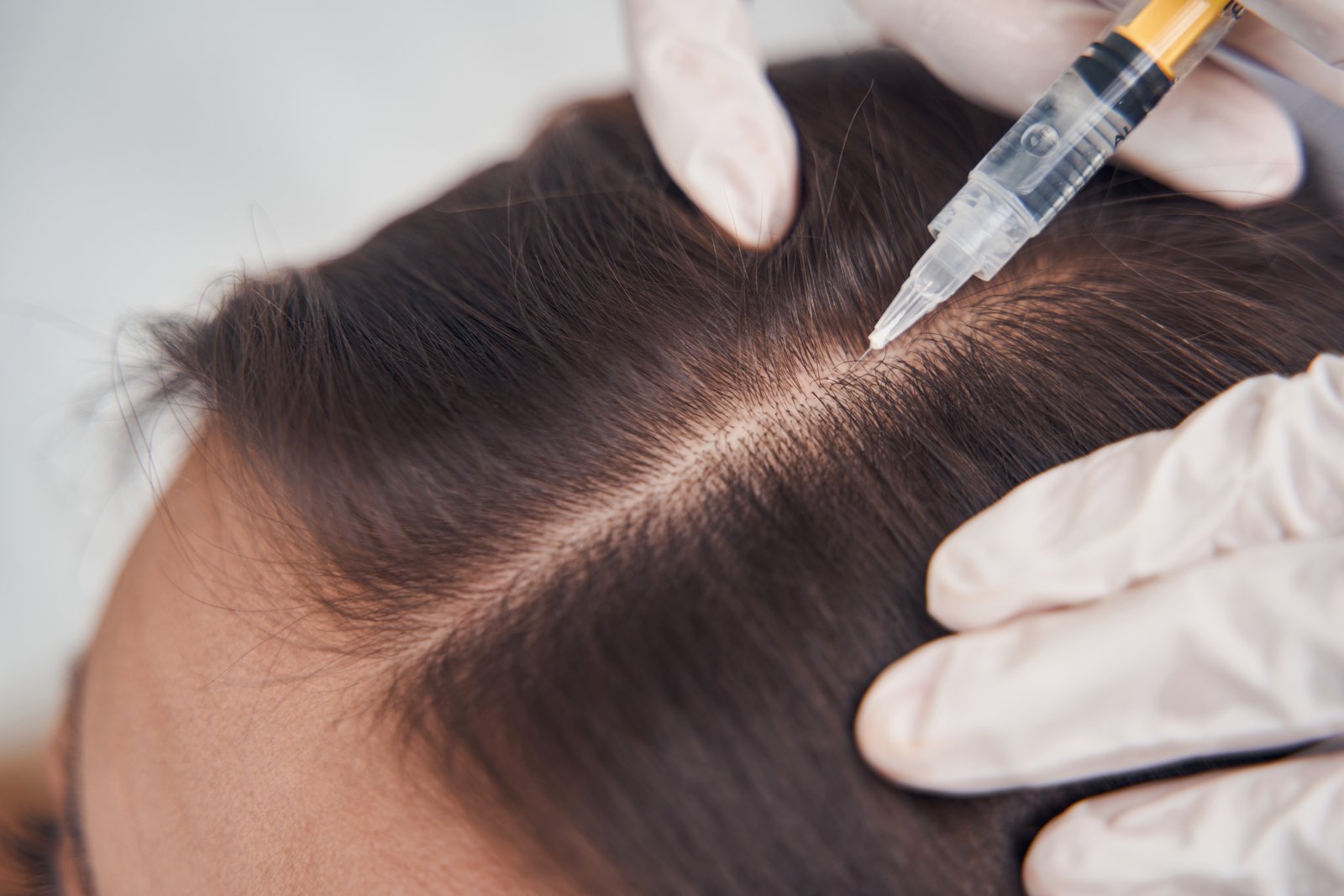
The Psychological Impact of Baldness
Hair loss can have a profound effect on self-esteem and mental well-being. Studies show that individuals experiencing baldness often feel less confident in social and professional settings. Early diagnosis and treatment are crucial not only for physical appearance but also for mental health.
Conclusion
Baldness, while common, is a manageable condition with the right approach. Understanding the underlying cause, such as androgenic alopecia, and recognizing early symptoms can lead to effective treatments. Whether you’re dealing with male or female pattern baldness, consulting a specialist and exploring modern solutions like PRP therapy, medications, or hair transplants can make a significant difference.
If you’re struggling with hair loss and seeking expert care, visit Avanza Clinic to explore advanced treatments tailored to your needs. Early action can restore not just your hair but also your confidence.

